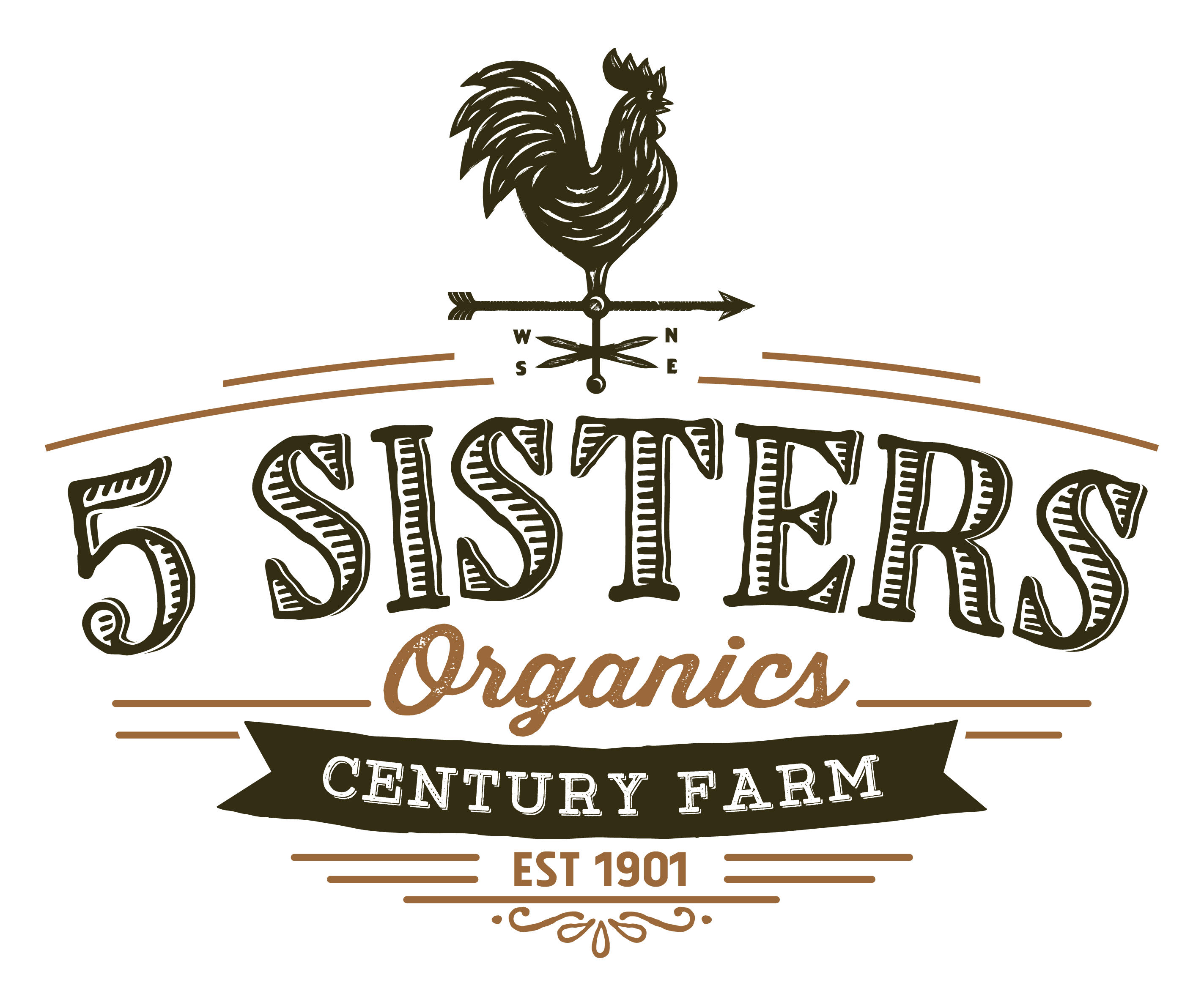Since we are proud to be an organic farm, we do not use artificial chemicals to enhance our soil. Instead, we are exploring how different animals and plants on the farm can naturally revitalize and optimize our many acres of farmland.
One of the ways we’re helping revitalize our land is through organic cattle grazing. A HuffPost article from 2016 discussed the work of the Rodale Institute in preserving organic farming principles and integrating crops and animals to maximize soil health.
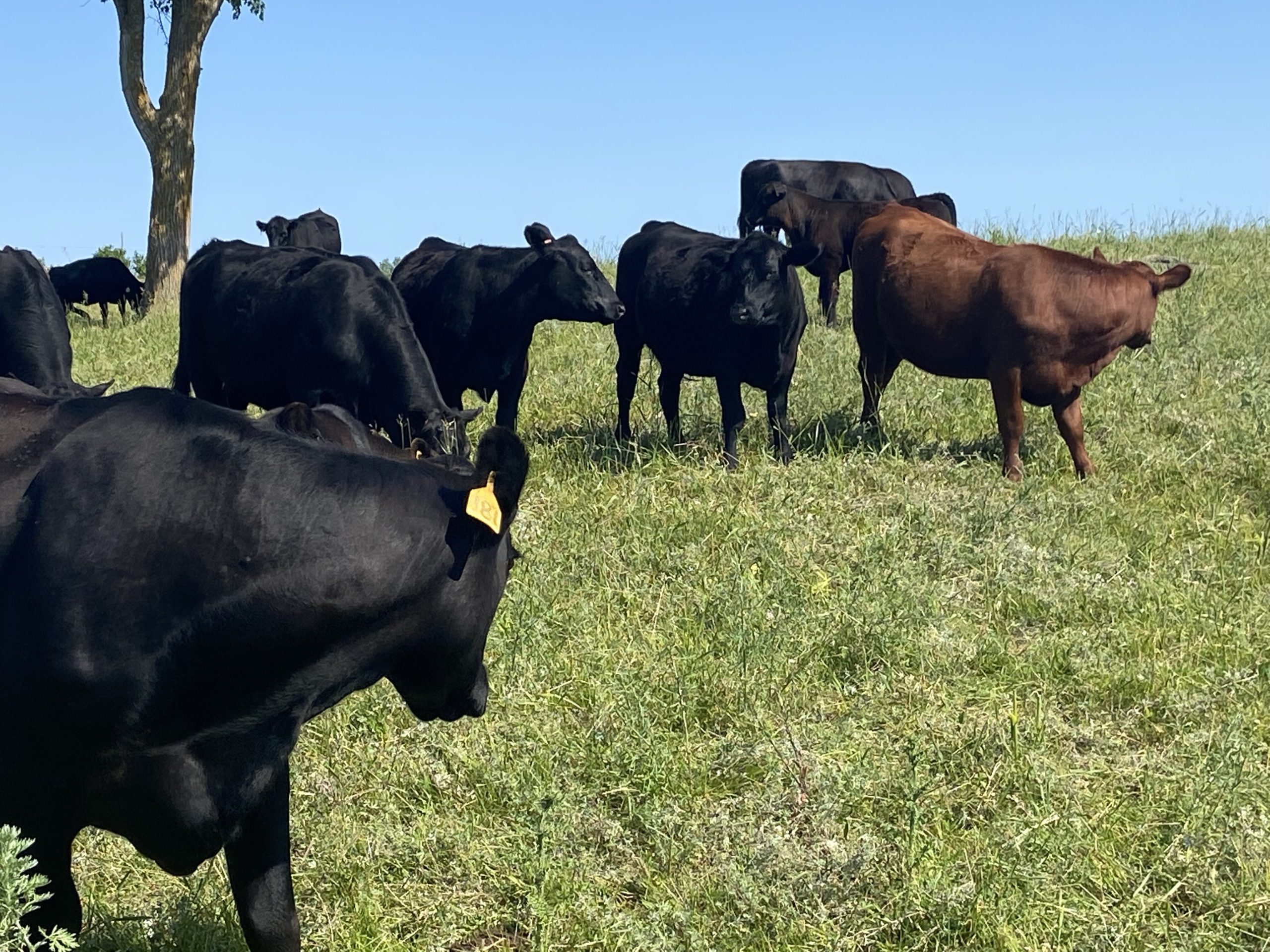
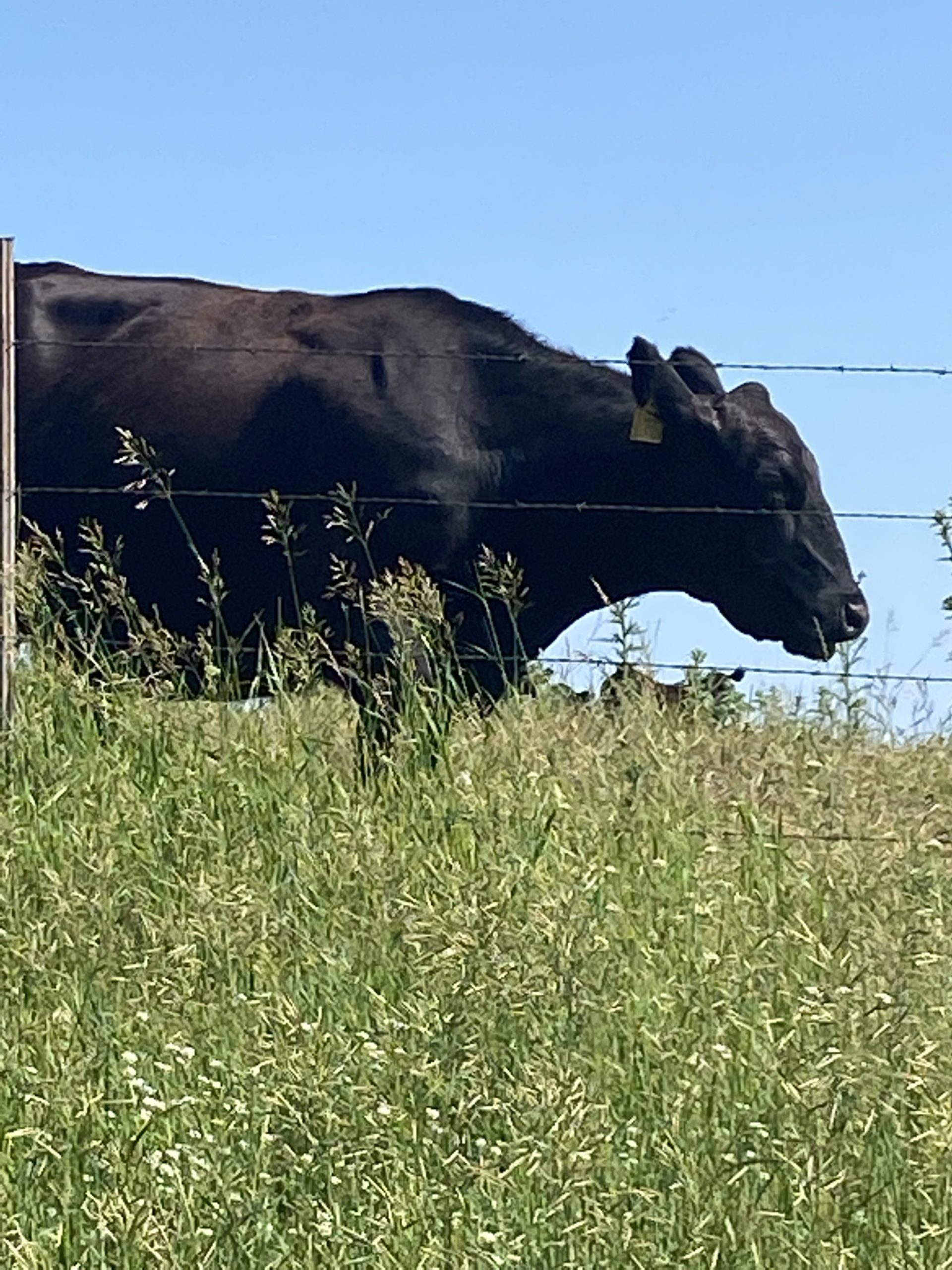
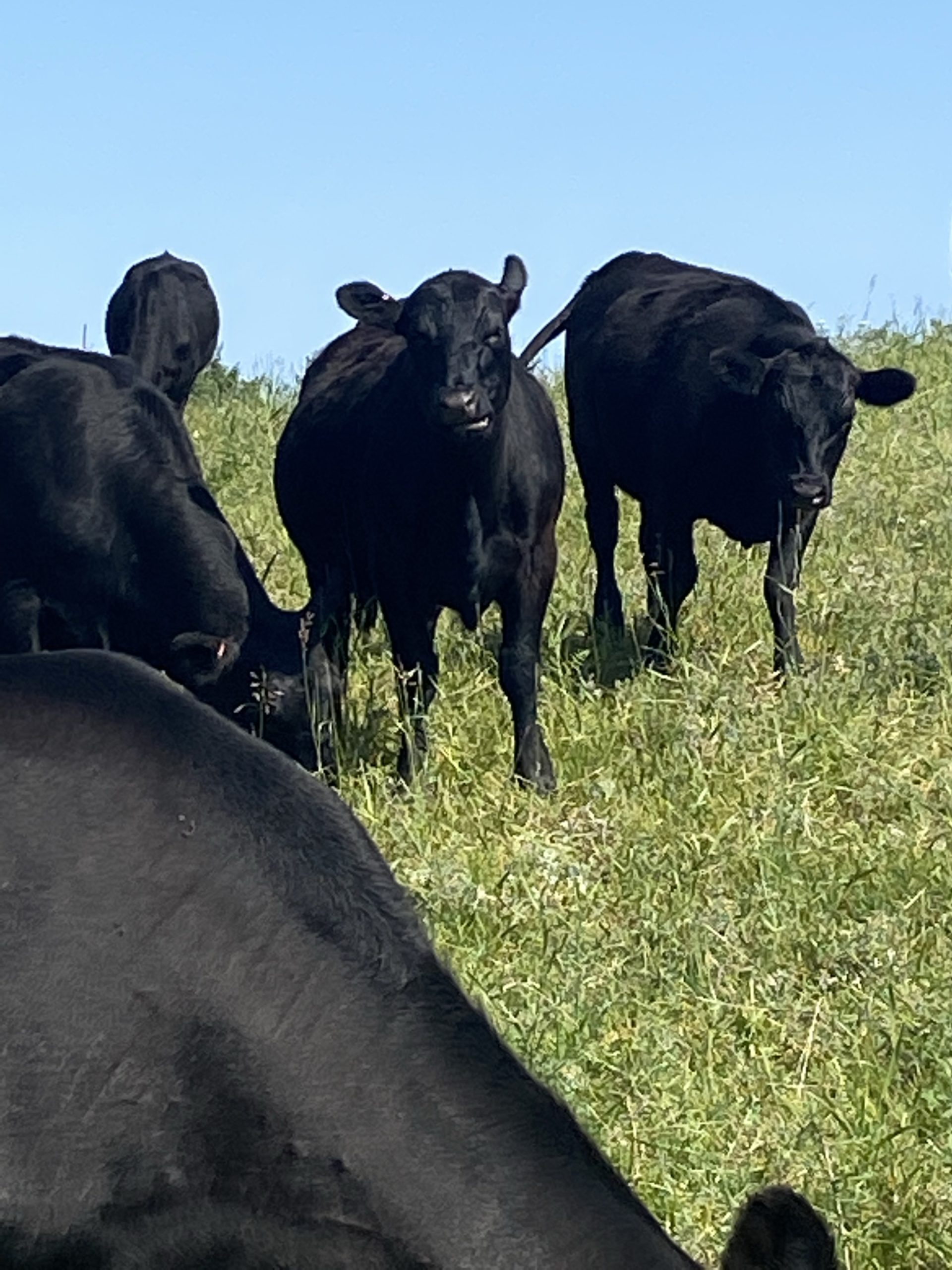
Another regenerative farming practice we use is covering our unused garlic beds with cover crops. The cover crop roots grow deep, preventing soil erosion and weeds. We also cut/disk the cover crops into the soil so that they become nutrients for the next next crop of garlic. Cover crops can be both functional and beautiful.
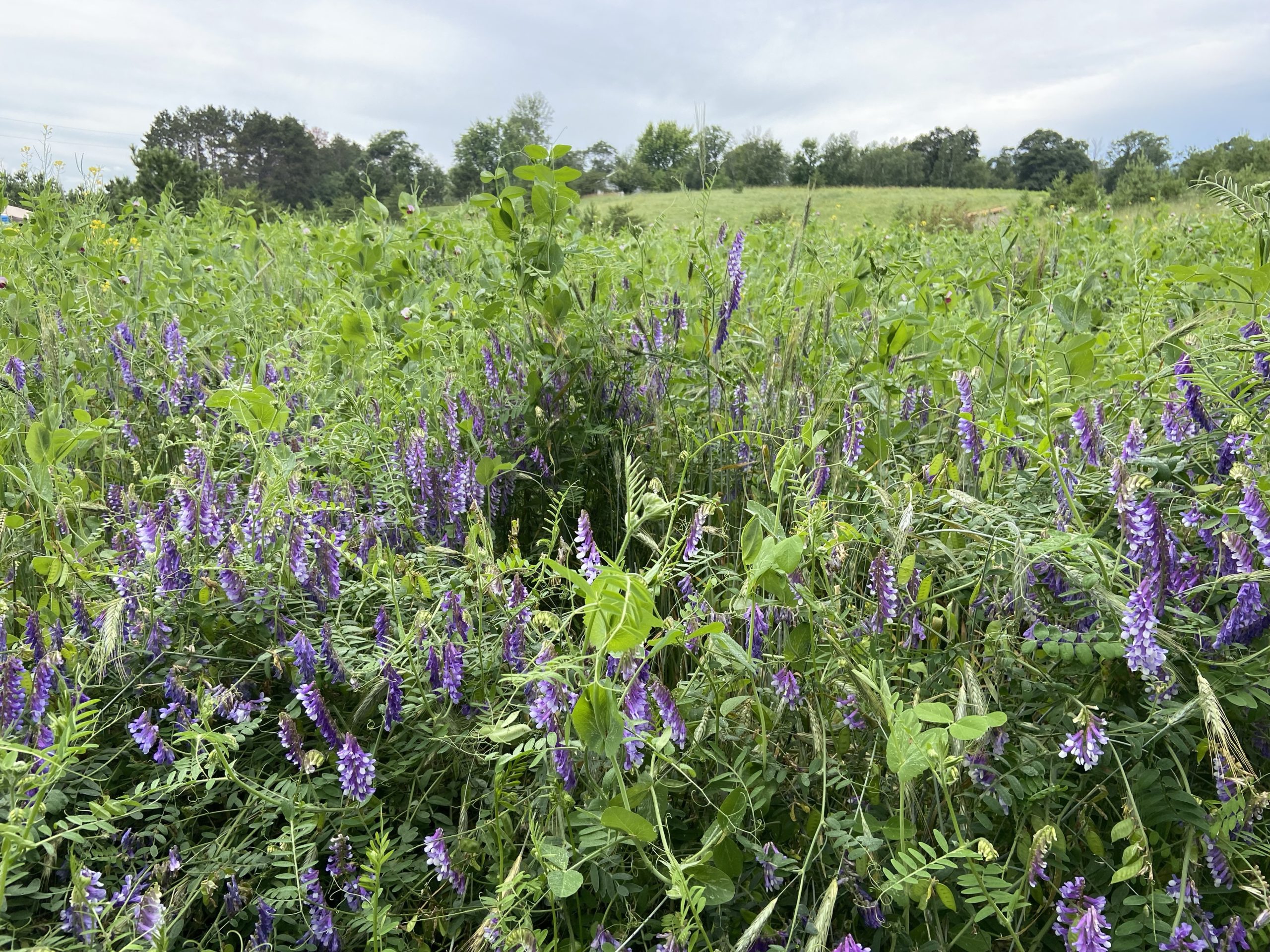
Sustainable America notes that there is not yet a clear definition of “regenerative agriculture,” but the basic principles include crop rotation, managing animal grazing, composting, and conservative tillage/no-till practices among others. One of the biggest modern benefits of regenerative farming is that it is reported to help reduce the effects of climate change.
While regenerative agriculture may be a hot new buzzword, the actual practice has been around for centuries. The Noble Research Institute traces these practices back to Native American land habits, but notes that a major shift came about after World War 2, with the introduction of chemical fertilizers and new machinery. While the last seventy years of farming have been largely driven by these chemicals and industries – resulting in toxins in the land and the food we eat – we are seeing a return to established organic practices that honor the land and make the most of natural resources.
We are proud to carry on the heritage of our ancestors and pass these honored principles down to the next generations.
